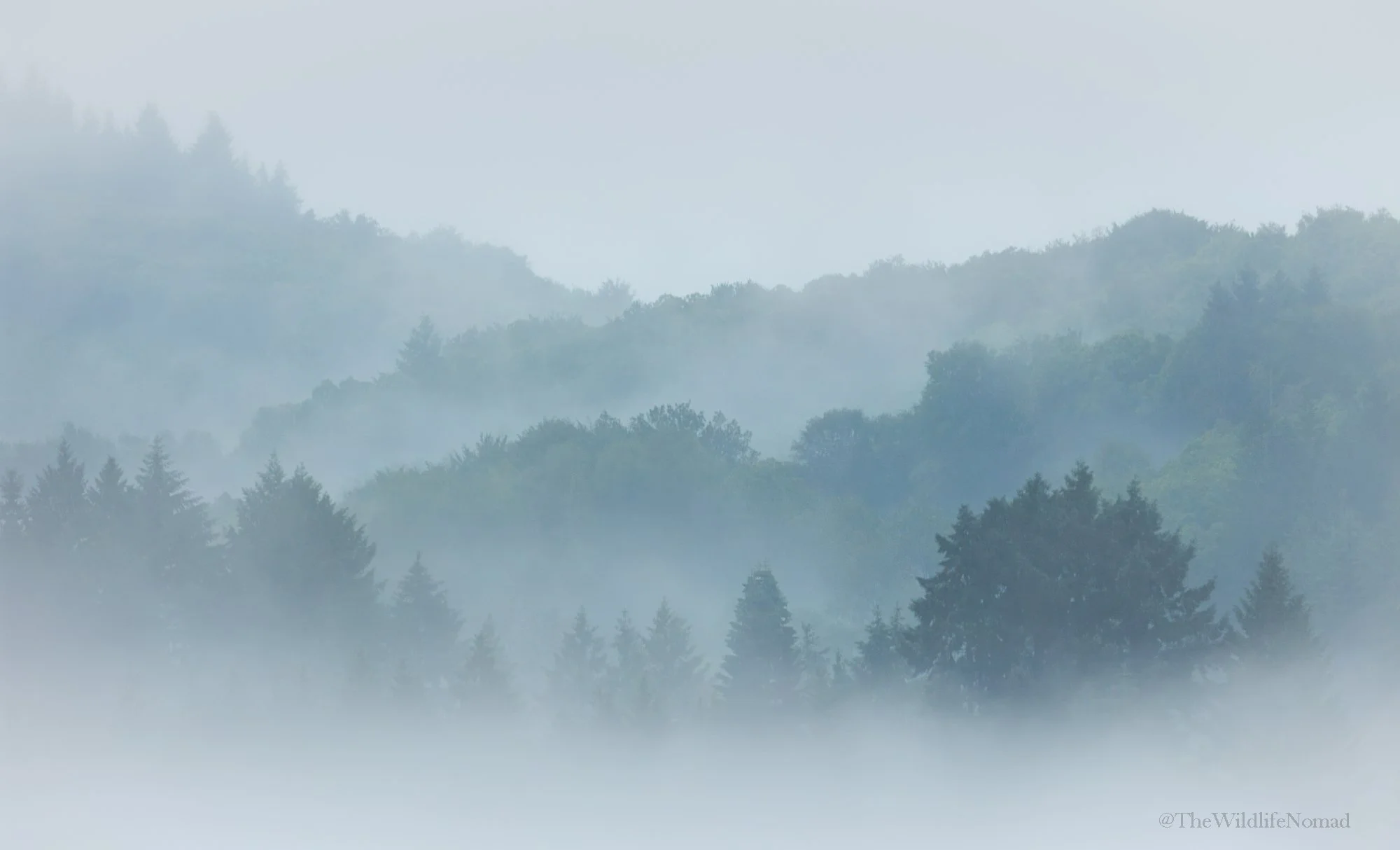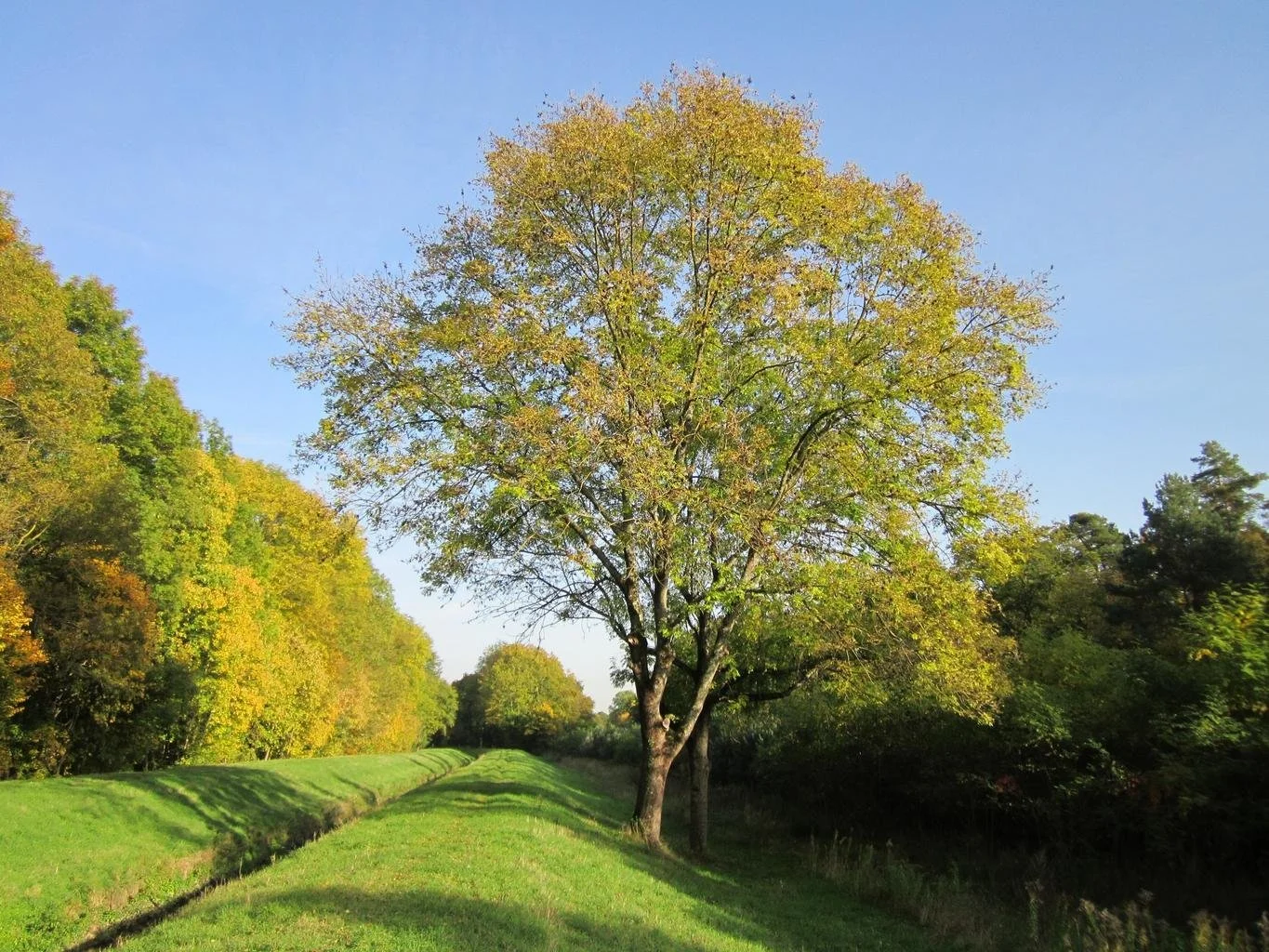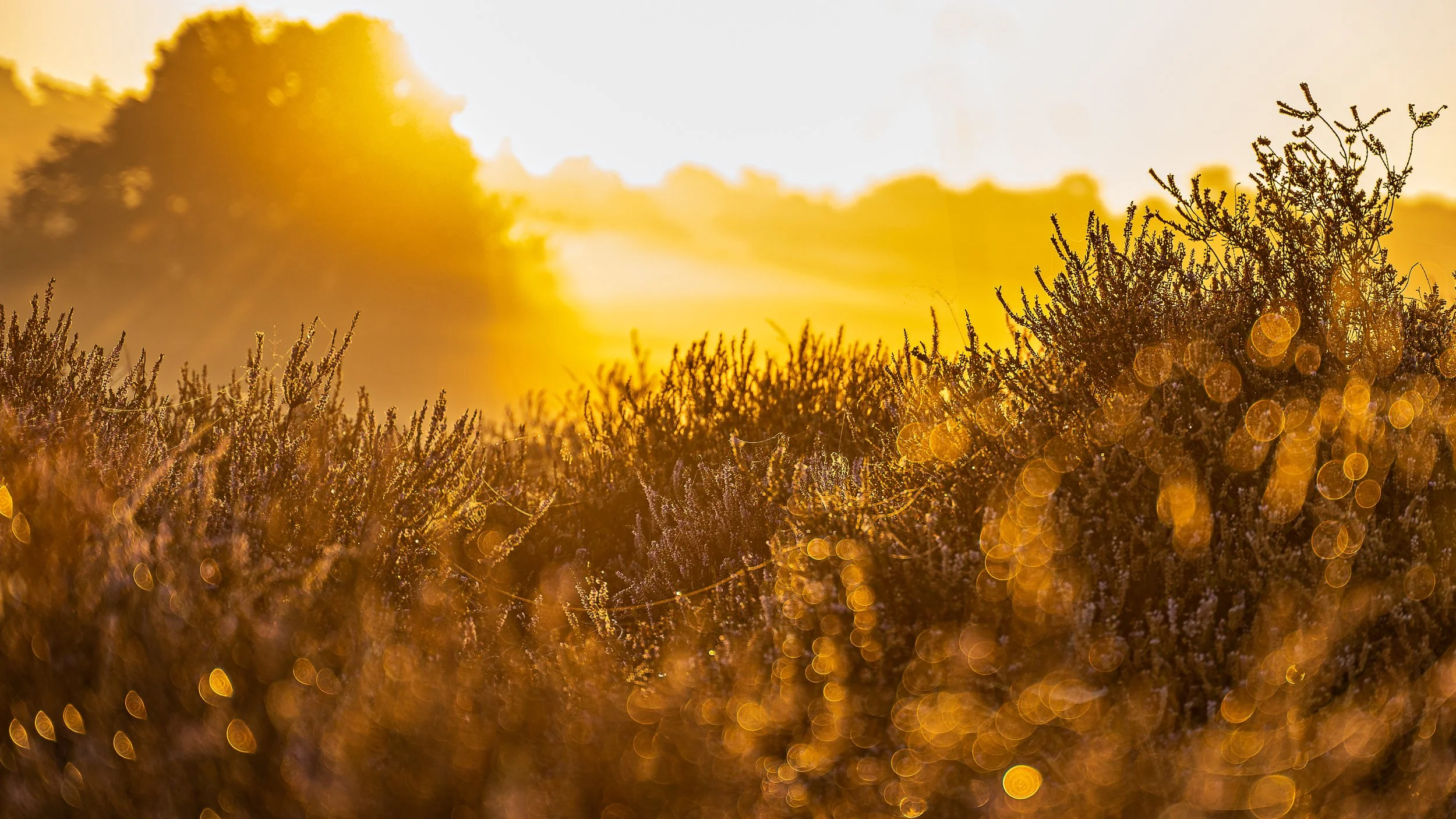UK Wildlife News: Stories and Photo Projects 6th July 2025
As wildlife photographers, we’re always drawn to stories that tug at our curiosity and open up new creative avenues. This week, three headlines offer just that: the primeval beauty of Kielder Forest—soon to be eyed for Eurasian lynx rewilding—ash trees quietly evolving resistance to a deadly fungus, and the Dartford warbler’s secretive return to Dorset heaths. Each narrative not only spotlights Britain’s wild edge but suggests a photo project you can embark on in your own region. Let’s dive in.
1. Kielder Forest: England’s Emerald Sea on the Brink of Rewilding
The Story: Natural England chair Tony Juniper recently expressed enthusiasm for trialling Eurasian lynx releases in Kielder Forest—Britain’s largest man-made woodland—despite legal and social hurdles. While final approval could take years, photographers have a unique window to document this forest in its current state—its mist-clad valleys, ancient oaks, and miles of conifer plantations—before any big cats ever pad through.
Photo-Project Ideas:
Misty Mornings: Arrive at first light when cool air and lingering humidity create low-lying mist. Use a 16–35 mm wide-angle lens on a tripod at f/11 for depth of field. Look for shafts of sunlight piercing through pines to create “God-beam” effects.
Forest Textures: Overcast days bring out bark patterns, lichen, and moss. A 100 mm macro or 24–70 mm zoom at f/8 will let you zero in on these fabrics of the forest—ideal for a “before-the-lynx” gallery.
Dark-Sky Trails: Kielder’s Dark Sky Park status makes it perfect for nightscapes. With a 14–24 mm f/2.8 lens, shoot 20–30 second exposures at ISO 1600–3200. Star trails above silhouetted trees underscore the forest’s timeless quality.
Why It Matters:
Your images will serve as visual benchmarks, capturing Kielder’s essence before any lynx arrive. Years from now, you’ll be able to show how the landscape changed alongside one of Britain’s most ambitious rewilding experiments.
2. Ash Trees Fighting Back: Nature’s Genetic Resilience
The Story: Ash dieback has devastated millions of native Fraxinus excelsior since 2012, but a new Science study reveals that wild ash across Britain is developing genetic resistance. By comparing DNA from pre- and post-dieback saplings, researchers found thousands of gene variants conferring improved resilience. This evolutionary response offers hope—and a compelling subject for photographers.
Photo-Project Ideas:
Then-and-Now Comparisons: Return to woodlands you’ve shot in previous years. Frame the same ash trees to illustrate decline and recovery side by side. Use a 35 mm or 50 mm prime on a tripod and match your original settings (time of day, angle, aperture) for consistency.
Macro of Revival: Seek young saplings thriving amid dieback. A 100 mm macro lens at f/8 will capture fresh leaf shoots and smooth bark without fungal lesions. Diffuse fill-flash can bring out delicate vein patterns.
Canopy Light: In early summer, backlit ash leaves glow with fresh greens. Lie beneath a dense canopy and shoot upward with a wide-angle lens at f/16 to create starburst effects where sunbeams filter through.
Why It Matters:
Photographing these recovering ash stands provides tangible proof of nature’s ability to adapt. Your images can support calls for selective breeding and protection of resistant trees, showing viewers that active conservation yields visible results.
3. Dartford Warbler: A Heathland Rarity Rekindled
The Story: In a Country Diary entry dated 30 June, Anne Swithinbank described finally glimpsing the Dartford warbler on Dorset’s Canford Heath. Once nearly wiped out by the severe winter of 1962–63, concerted heathland management has restored populations to around 3,200 pairs. Photographing this elusive songster remains a true test of stealth and patience.
Photo-Project Ideas:
Sound-Guided Tracking: Start with your ears—listen for the warbler’s distinctive rattling “zizz-zizz” call. Once you locate it, switch to a 500 mm+ lens at f/5.6 and high-speed burst mode (5–7 fps) to freeze quick wing-beats.
Golden-Hour Gorse: Heathlands glow at dawn and dusk. Position yourself low among flowering gorse with a 300 mm lens wide open (f/4–f/5.6) to isolate the bird against soft, warm bokeh.
Behavioral Sequences: Spend hours in a camouflaged hide near known territories. Capture feeding, preening, and bathtime sequences using a tripod-mounted long lens and quiet shooting modes.
Why It Matters:
By documenting Dartford warblers, you shine a spotlight on the importance of lowland heath conservation. Each portrait underscores the success of habitat restoration and can galvanize support for continued management.
Bringing It All Together: A Single Photo Project
Project Name: #Resilience in Three Acts
Before the Lynx: Start with wide-angle dawn vistas and mist-soaked macros to capture Kielder Forest’s moods and textures before any rewilding begins.
Genetic Comeback: Follow with Diptychs of ash stands—“then-and-now” shots alongside macro portraits of healthy saplings—illustrate nature’s genetic resilience.
Heathland Revival: Finish with Golden-hour portraits and brief action sequences revealing the Dartford warbler thriving in managed heathland.
Keep a consistent colour palette—soft greens, early light, earthy tones—and use simple captions like “A Forest Awaiting Change,” “Genes at Work,” and “A Song Restored.” If you have your own website consider an interactive map on your blog so readers can visit these locations themselves, and launch a community hashtag (for example, #ResilienceInThreeActs) for fellow photographers to share their own images.
Why we do this…….
As you review your work, remember that each shot—whether it’s a misty pine, a budding ash leaf, or a flash of warbler red—is a piece of a larger story about our landscape’s ability to endure and adapt. Share your photos, swap tips, and let your community know how they can help protect these special places. After all, we’re not just taking pictures; we’re recording nature’s ongoing conversation with itself—and inviting others to listen.



